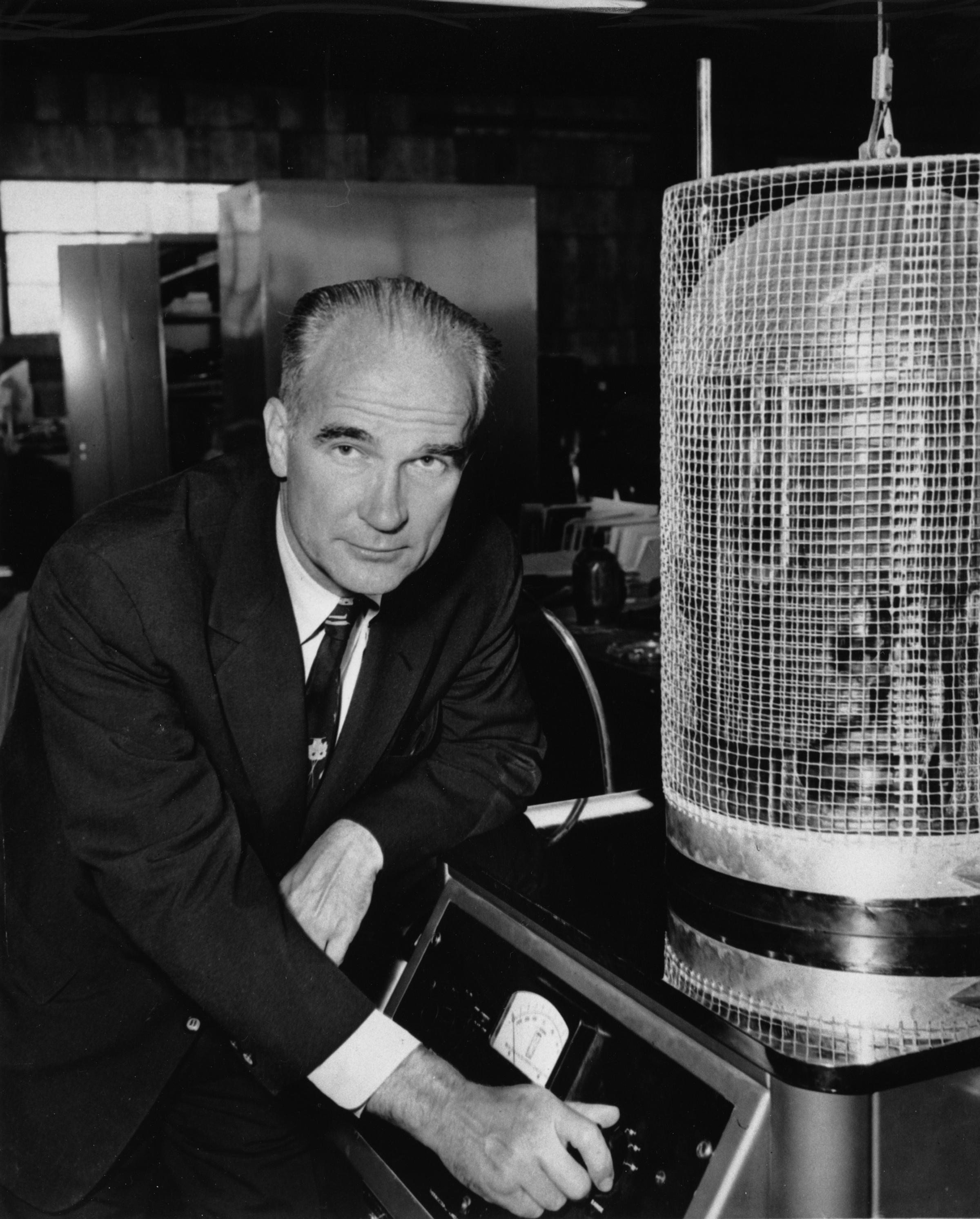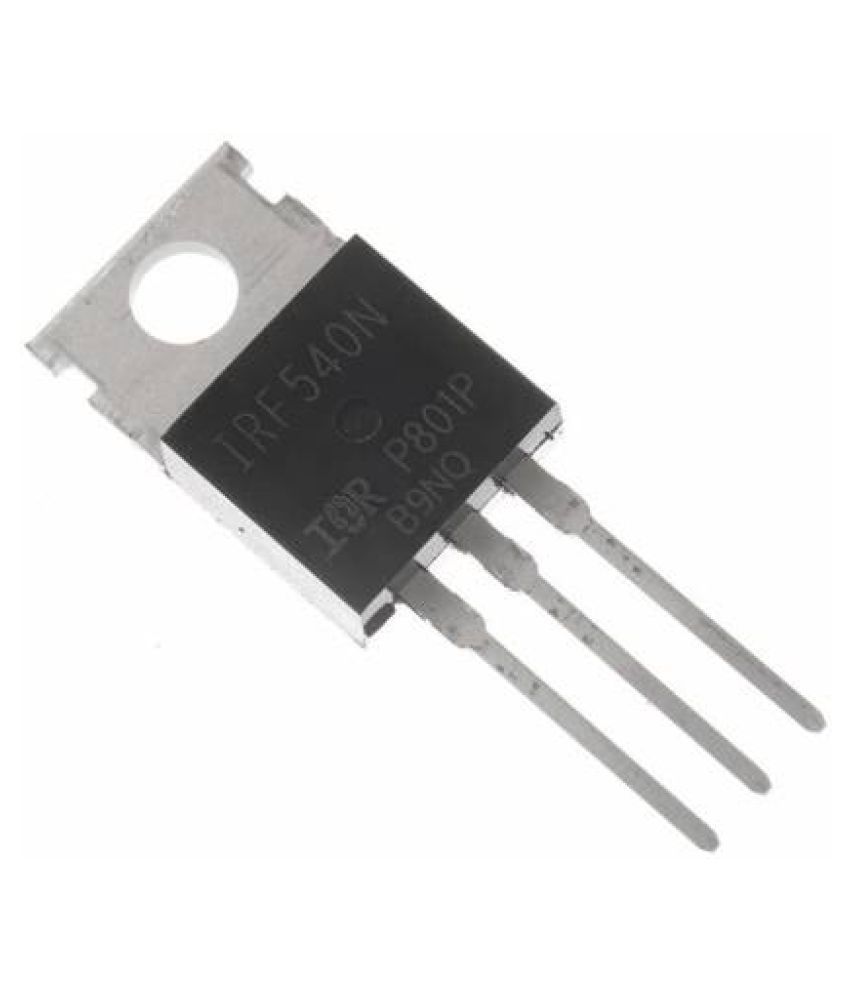
One of the official photographs with which Bell Labs announced the invention of the transistor: Bardeen (left), Shockley (center) and Brattain (right). Shockley locked himself in his house again, he came up with a transistor that was different from the point-contact one, named the junction transistor and submitted another patent ( US 2,569,347) on January 23 the following year (1948), nine days after the date on which Bardeen and Brattain submitted theirs. In analyzing the device devised by them, Shockley sensed that it would be difficult to manufacture in large quantities with sufficient reliability, since it was physically weak. When Shockley learned of the success achieved by Bardeen and Brattain in his absence, he became furious, as it annoyed him that he was not involved in the discovery. In early January 1948, they filed a patent ( US 2,524,035) to manufacture the first point-contact transistor in history, which did not include Shockley as the inventor. On Decemthey were finally able to operate an amplifier using a transistor made with germanium and on the 23rd, the day before Christmas Eve, they showed their results to the laboratory’s directors. Bardeen and Brattain worked feverishly during the summer and fall of that year, without Shockley’s participation. The race for the transistorĭuring 1946 and the beginning of 1947, the results obtained by the team led by Shockley were not at all encouraging, but from the spring of 1947, two of the group’s most brilliant members, John Bardeen and Walter Brattain, worked on finding solutions to the problem without Shockley, since even though he was the group leader, he spent most of his time at home developing his own ideas. Kelly concluded that they needed to have a more reliable amplifier device to efficiently perform communications at such a great distance and assumed that the response should be sought in semiconductors, of which they were beginning to find out their properties at that time. In those years, the amplification was vacuum valves, fragile devices, which consume a lot of power and give off a lot of heat. It is enough to have a sufficient number of amplifiers along the entire line to make it as long as desired. If the signal is travelling a few kilometers, it reaches the receiving device in a clear way but in US coast to coast communications, the conversation must travel between 6,000 and 8,000 km the electrical signal loses intensity and at a certain distance it must be increased again, an operation that is called amplification and the device that does it is named an amplifier.

In a telephone conversation, the voice becomes an electrical signal, a signal that later travels through copper conducting wires. A.T.&T was very interested in making an amplifier with semiconductors, since they had a serious problem with long distance communications. Kelly, put Shockley in charge of a semiconductor research group, with the idea of developing an amplifier device based on those materials. In 1945, the laboratory director, Mervin J. That same year he began to work at Bell Telephone Laboratories in New York, belonging to A.T.&T., the US telecommunications giant. He subsequently carried out doctoral studies at the Massachusetts Institute of Technology (MIT) and obtained the title of Doctor in 1936. After his parents returned to the United States, he entered the California Institute of Technology (Caltech) in 1928, where he studied physics, graduating in 1932.

They transmitted this to their son and this shaped his moody and unsociable temper.

He didn’t have a very happy childhood, to a large extent motivated by the poor relationship between his parents, who were unstable people that were unable to socially relate to their environment. Shockley was born in London in 1910 and was originally from the United States. It is often said that the transistor represents for the twentieth century what the steam engine meant for the nineteenth century. The operation of the vast majority of the equipment we use on a daily basis (including televisions, mobile phones and computers) is based on the properties of the transistors with which they are built.

Wiliam Bradford Shockley (1910-1989) -along with John Bardeen (1908-1991) and Walter Brattain (1902-1987)- was the father of the transistor, the invention that is probably the greatest silent revolution of the twentieth century, which turns 70 in 2017.


 0 kommentar(er)
0 kommentar(er)
